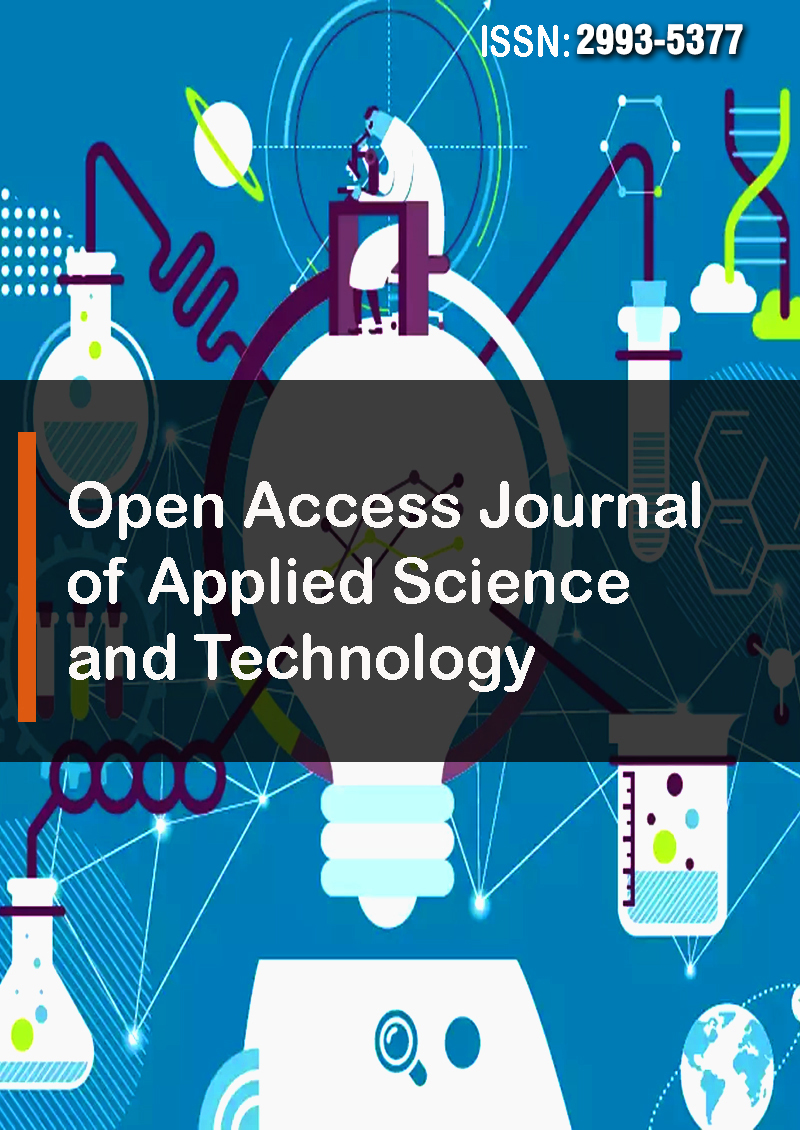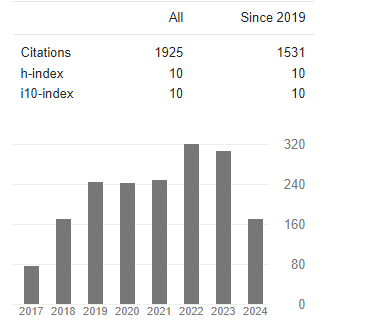New Law or Boundary Condition of Electromagnetic Wave Theory: Radiation Shall Not Overflow The Universe
Abstract
Shuang-Ren Zhao
Introducing a new boundary condition at infinity for electromagnetic theory.The theory of mutual energy flow using electromagnetic fields.The electromagnetic waves of the dual planar antenna, including self energy flow and mutual energy, have been successfully calculated. Among them, self energy flow is reactive power. Mutual energy flow is active power, which is generated from the source and annihilated at the sink.According to Maxwell’s electromagnetic theory, or classical electromagnetic theory, posits that a changing current on an antenna induces an electromagnetic wave that can propagate in space. When this wave reaches a receiving antenna, it transfers electromagnetic energy and momentum, allowing the reception of signals. However, the author challenges this standard description, aligning with Wheeler Feynman’s absorber theory. According to this theory, the radiation from a transmitting antenna is influenced not only by its own changing current but also by the current changes of the remote receiving antenna, the absorber’s charge, and environmental materials.The author supports Wheeler Feynman’s perspective and introduces a new electromagnetic theory. In this theory, all transmitting and receiving antennas, as well as radiation and absorber materials, are assumed to be near the origin. The key assumption is that no material on an infinitely large sphere can absorb electromagnetic waves, preventing the transmission of electromagnetic energy to infinity. This idea is integrated into Maxwell’s electromagnetic theory by adding a boundary condition, contradicting the theory’s original Sliver-Muller radiation condition, which requires a good absorber material in the far field. The author proposes relaxing Maxwell’s equations, specifically the mutual energy principle equivalent to Maxwell’s equation, to incorporate the new boundary condition that radiation should not overflow the universe. This relaxation results in a novel electromagnetic theory. By introducing this additional boundary condition, the author aims to provide a more accessible description of the entire electromagnetic theory. While the author initially presented their theory from an energy conservation standpoint, emphasizing its adherence to the law of conservation of energy, adding the new boundary condition may offer readers a more easily acceptable perspective.




